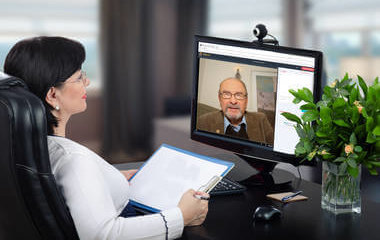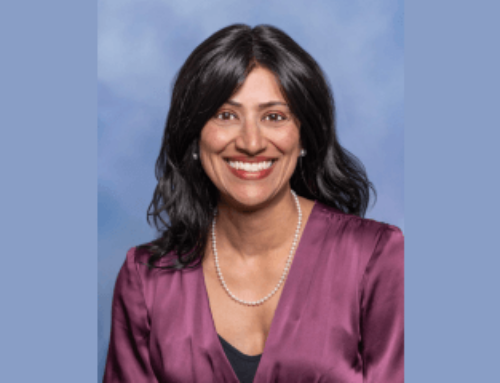DARIEN, IL – The American Academy of Sleep Medicine recently published an update on the use of telemedicine for the diagnosis and treatment of sleep disorders to reflect lessons learned from the transition to telemedicine during the COVID-19 pandemic and the benefits of continuing to utilize remote care when appropriate.
While the technology to remotely connect doctor and patient has been in place for years, its use was limited until the spread of COVID-19. In 2020, the Centers for Medicare & Medicaid Services (CMS) lifted restrictions on telemedicine reimbursement, and private insurance companies followed suit. Telemedicine has been critical to ensuring safe, timely care for patients during the pandemic, and the field of sleep medicine has proven to be a specialty that can offer complete and quality care remotely.
“Delivering care during the pandemic has proven to providers and insurers that telemedicine offers patients safe, secure and effective sleep care,” said Dr. Douglas Kirsch, chair of the AASM Telemedicine Presidential Committee, which wrote the update. “The AASM will continue to advocate for permanent coverage and reimbursement of telemedicine services with CMS and third-party payers.”
Published online as an accepted paper in the Journal of Clinical Sleep Medicine, the update addresses several key issues in the delivery of sleep care using telemedicine, including quality and value, privacy and safety, health advocacy, and future directions. The paper shares new evidence that telemedicine is effective in the diagnosis and management of obstructive sleep apnea and improves adherence to CPAP therapy. Telemedicine also has been widely used to provide care to patients with insomnia through cognitive behavioral therapy and brief behavioral therapy, with results similar to in-person treatment.
The paper also acknowledges opportunities for improvement in the adoption and use of telemedicine. Those include compliance with patient privacy laws, additional training for providers, and awareness of limited access among disadvantaged populations.
“Telemedicine improves access to care, but we need to be cautious that its use doesn’t introduce new health inequities in underserved communities that may lack the necessary technologies,” said Kirsch. “Improved connectivity and increased access to high-speed internet need to grow together with telehealth expansion.”
Additional telemedicine resources for clinicians, including video discussions and coding guidance, are available on the telemedicine page of the AASM website.
###
To request a copy of the paper, “The use of telemedicine for the diagnosis and treatment of sleep disorders: an American Academy of Sleep Medicine update,” or to arrange an interview with an AASM spokesperson, please contact the AASM at 630-737-9700 or media@aasm.org. Accepted papers, which are published online prior to their final inclusion in an issue, are not embargoed. The update is schedule to be published in the May 2021 issue of the journal.
Established in 1975, the American Academy of Sleep Medicine (AASM) is advancing sleep care and enhancing sleep health to improve lives. The AASM has a combined membership of 11,000 accredited member sleep centers and individual members, including physicians, scientists and other health care professionals.





